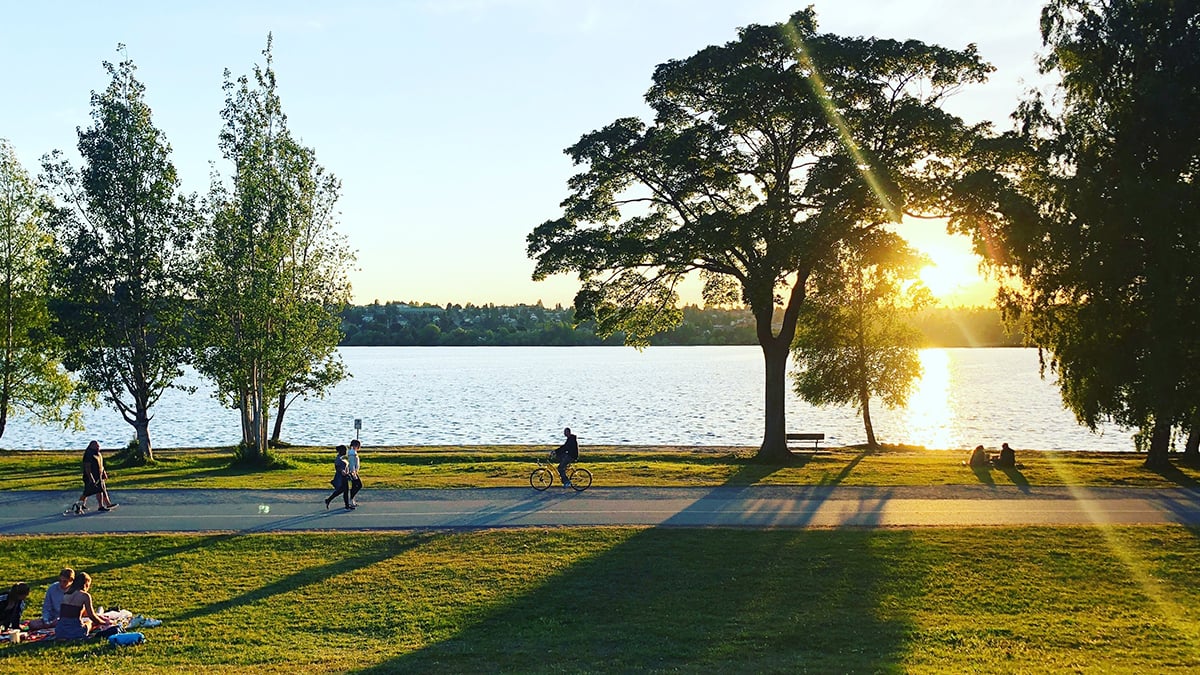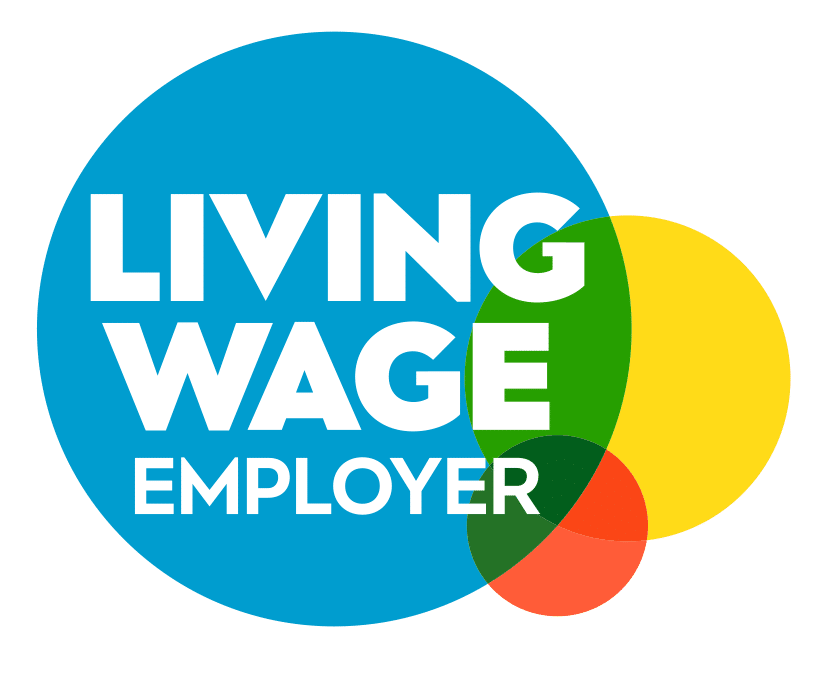
Following the publication of a piece of research into the use of outdoor space in Scotland, Chelmsford City Council wished to conduct their own research into the use of parks and gardens. Mackman Research was commissioned by Chelmsford City Council in Essex to research the use of parks and gardens, specifically by families on low incomes and minority groups. They also wanted to explore what would change behaviour. These findings would inform future Council campaigns which aim to get more people to use the parks and gardens. Chelmsford City Council were looking for an innovative and bespoke methodology and were open to Mackman Research challenging their brief and testing the theory that low income groups are definitely low users of the parks and gardens.
The data gathering process was split into 2 phases. The 1st phase set out to record who was using each park and test the theory of low-income non-users. Following this audit stage, we were able to identify profile gaps in the users of Chelmsford parks. From the data it was clear that low income families were using the parks and gardens and the number of park users with a disability and from a minority group were also representative of the Chelmsford population.
We were approached by the Parks and Gardens team at Chelmsford City Council. The team is responsible for outdoor provision at multiple locations across the city. Each park and garden varies in size and offering; with some containing skate park and play areas, some with planted and landscaped grounds, and others simply open spaces in which to exercise. The team has a broad remit to provide exceptional open spaces to the city's residents.
The City of Chelmsford is situated in the heart of Essex and its council is responsible for some 178,000 residents (2019). The city itself is divided into some 26 parishes. Residential demographics vary in socio-economic profile and the borough council works hard to include and encourage its residents to access the services it provides.
The research aimed to test pre-existing theories that suggested low income families have limited engagement with parks and open gardens. In doing so it would identify the socio-economic profile of current park users; the socio-economic profile of current park non-users; means of communication with identified groups; points at which behaviours can be 'interrupted' to encourage park use.
As well as containing all of the challenges that any large scale project has, this particular project required expert data collection methods. Any project involving unknown members of the public presents a number of additional challenges. We had to consider risks such as those posed when making contact with unknown individuals both door-to-door and face-to-face in public parks.
To overcome the many challenges we always collected data in pairs. In addition we approached each member of the public with care and respect. All-in-all our data collection phase went smoothly and all of our respondents were willing to participate in this valuable study.
During the research process a mixed methodology approach combined quantitative statistical representation (of the local population) with qualitative data gathering methods. This mixed methodology approach enabled the researchers to approach all respondents on a face-to-face basis whilst interviewing a total of 816 respondents.
The data gathering process was split into 2 phases. The 1st phase aimed to audit the parks and gardens. This phase set out to record who was using each park and test the theory of low-income non-users. Phase 1 would direct data gathering in phase 2 and enable the research team to directly target those who are not using parks and gardens.
Mackman Research designed a structured questionnaire in consultation with our client. The questionnaire asked questions about the respondents park use and included a section that would record demographic information. The researchers were able to record observations about general park use and record spontaneous comments from respondents. A total of 19 parks and gardens in the borough were audited during this 1st phase.
All respondents were approached and introduced to the purpose of the survey by the researcher. Respondents were selected for no other reason than being present in the park. The research team made every effort to interview all park users in each location at the time of our visit. Parks were visited on one weekday and one weekend day.
Data gathering commenced face-to-face and door-to-door with unemployed residents (The unemployed and elderly being non-users of the parks).
A structured questionnaire was designed in consultation with our client. The questionnaire was based upon the same questionnaire used during phase 1.
During this stage, data collection was targeted to specific geographical areas of deprivation with high numbers of unemployed residents. It was evident a specific ward had been under-represented in the parks audit phase; therefore our data gathering efforts were focused on this ward. The City Council identified specific areas and streets within which contained high frequencies of our target non-park using respondent.
Simple random sampling was employed in order to select streets to target for door-to-door interviewing. Homes were to be targeted for interviews using systematic random sampling, however, this method was not used in specific streets as many residents were not at home, therefore random sampling naturally occurred. All surveys were anonymous and respondents were notified of this.
Whilst it was evident that there were fewer unemployed park users than employed and fewer users with low educational qualifications, low educational achievers came through as major non-users of the parks and therefore it was valid for Mackman to have challenged the theory that low income and minority groups were considered the main group who weren’t using the parks.
As a result, and according to the research methodology, phase 2 directly targeted those who are not using parks and gardens and investigated barriers to park use. Data gathering commenced face-to-face at the Job Centre and Benefits Office and door-to-door with areas known for a high proportion of unemployed residents. During this stage, data collection was targeted to specific geographical areas of deprivation. 371 respondents completed the phase 2 questionnaire, achieving a confidence level of 95% and a confidence interval of +/-5%, of a low-income Chelmsford city population of 9,500. In addition, a request was sent from Chelmsford City Council to the Council Community Coordinator to reach neighbourhood groups in North West Chelmsford. Attendees at the Wisdom Group (held every Monday morning for older, vulnerable / lonely people) completed the questionnaire in paper format.
It was evidently clear during the phase one data analysis that it was worth exploring other barriers to park and garden use besides low income groups, as there was a high percentage of respondents with a weekly disposable income of less than £100. The unsteady economic climate was also thought to have some influence here.
In 2009, according to the ONS (Office of National Statistics) unemployment had reached the highest rate since 1999, with the number of “workless” households rising to 3.3 million in April – June 2009. Although the East of England was thought to be least affected by this, the recession and unemployment had touched this region too. With 1 in 6 households being “workless” in the UK, unemployment is a key factor in activities of daily life and is therefore thought to directly impact upon recreational activities and leisure time.
…dropping out of the rhythm of activity that is centred around holding a job leaves people psychologically incapable of maintaining the orientations necessary to utilise the opportunities which becomes available for recreation.
Roberts, 1970
The data analysis of the information gathered during the 2nd phase of the research considered many barriers to park use, specifically unemployment, education, background, leisure pursuits, age and disability and security. Minority groups and persons with a disability were found to be proportionately representative of the population.
The parks research has been invaluable to the City Council and is thought to be one of a kind. The research has helped identify areas for improvement and informed marketing to help raise awareness of the parks and gardens.
The unparalleled knowledge that low educational achievers were a target group to encourage in to using the parks of Chelmsford, was a main driver for the Council’s projects and practices going forward. Thus, this research was central to the Council’s strategy for parks and green spaces in Chelmsford. Among a number of aims this strategy looked at, community involvement and participation in planning, opportunities to improve security, reduce fear of crime and anti-social behaviour, opportunities to improve facilities and create new spaces, increasing the range of activities, supporting biodiversity and enhancing the natural environment. At the heart of this was the acknowledgement that parks and green spaces provide quality of life, and these areas are the 'lungs' within the urban environment. The Green Flag Award® Scheme recognises and rewards the best green spaces in the country and recognises:
The many benefits that good quality parks and green spaces can provide in enhancing people's quality of life and creating decent, attractive places where people want to live, work and play. That is why they form part of the [Government's] programme to build stronger, more sustainable communities now and in the future.
Yvette Cooper, Minister for Regeneration - The Green Flag Award Guidance Manual
The parks research was put forward by Chelmsford City Council to the annual Government Business Awards, which encourage and reward effective business practice in the public sector. The project won the top prize for Market Research.
Following the implementation of actions as a direct result of the research findings, Chelmsford City Council secured the highest number of Green Flag Awards in the Eastern region, with ten awards for the quality of its parks. In addition, the city received a number of Green Heritage and Green Flag Community Awards.
Parks and Heritage Services, Chelmsford City Council commissioned Mackman Group to help us understand why 'low income' groups are 'low users' of public parks and gardens and recommend what could change behaviour. The project team delivered a great piece of research. Based on our experience the following qualities were apparent: 1) Flexible: Especially since we adapted the methodology to reach the target audience, 2) Question development: The team was positive and constructive in questionnaire design, integrating our local knowledge with their expertise. 3) Approachable: the Mackman team adopted a collaborative and can-do approach. 4) Reporting: was clear and in-depth.
Fiona Foskett, Marketing Officer - Chelmsford City Council
What Our Clients Say

Case Studies
See how our insight makes a measurable difference.
Our latest Blog Posts
From research tips to industry updates.






